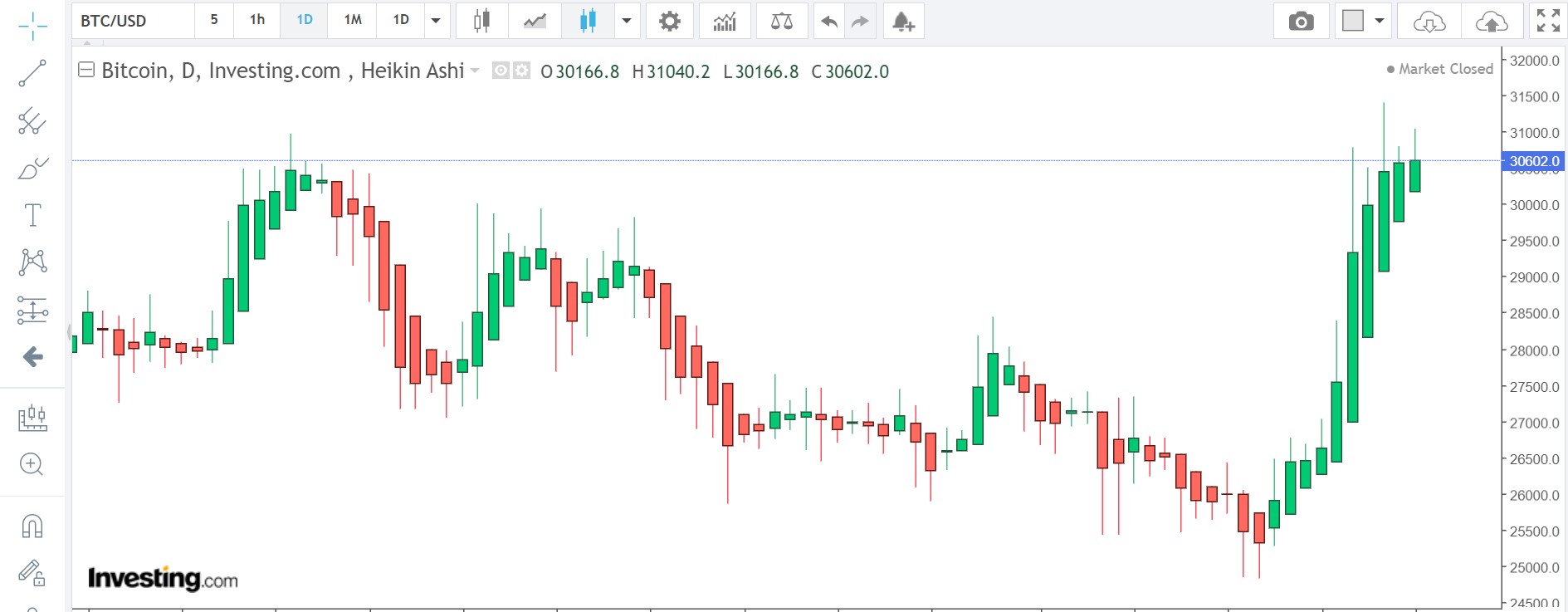Understanding Leverage In Trading
Trading and day trading has become increasingly popular, attracting both seasoned investors and newcomers alike. One key aspect of trading that has gained significant attention is leverage. Leverage allows traders to amplify their potential returns by borrowing funds to increase their trading positions. However, it is important to understand the risks and implications associated with leverage before diving into the world of leveraged trading. In this post, we will explore the concept of leverage, its benefits and drawbacks.
I. What is Leverage?
Leverage, in the context of trading, refers to the use of borrowed capital to increase the potential return on an investment. It allows traders to control larger positions with a smaller amount of capital. By using leverage, traders can magnify their profits if the trade goes in their favor. However, it is crucial to note that leverage also amplifies losses if the trade moves against them.
Types of Leverage
There are various types of leverage commonly used in trading:
1. Margin Trading: Margin trading involves borrowing funds from a broker to open larger positions than what the trader’s account balance would allow. The trader must maintain a certain level of equity in their account as collateral for the borrowed funds.
2. Options Trading: Options provide traders with the right, but not the obligation, to buy or sell an underlying asset at a predetermined price within a specified time frame. Options trading allows for leveraged exposure to the underlying asset without directly borrowing funds.
3. Futures Trading: Futures contracts enable traders to buy or sell an asset at a predetermined price on a future date. Futures trading offers leverage by requiring only a fraction of the contract value as initial margin.
Benefits of Leverage
Leverage can offer several advantages to traders
1. Increased Profit Potential: By using leverage, traders can amplify their potential profits. A small price movement in the underlying asset can result in a significant return on investment.
2. Diversification Opportunities: Leverage allows traders to diversify their portfolios and gain exposure to multiple assets or markets without tying up a substantial amount of capital.
3. Access to Larger Markets: Leverage enables traders with limited capital to access larger markets that would otherwise be out of reach. This opens up opportunities for trading in various financial instruments across different geographies.
Drawbacks and Risks of Leverage
While leverage can be advantageous, it also comes with inherent risks:
1. Increased Losses: Just as leverage amplifies potential profits, it also magnifies losses. If a trade moves against the trader’s position, losses can exceed the initial investment, leading to significant financial consequences.
2. Margin Calls and Forced Liquidation: When trading on margin, traders must maintain a minimum level of equity in their account. If the account value falls below this threshold, brokers may issue margin calls, requiring additional funds or closing positions to restore the required equity level.
3. Psychological Impact: Trading with leverage can induce emotional stress due to the heightened volatility and potential for substantial gains or losses. It is crucial for traders to maintain discipline and manage their emotions effectively.
Managing Leverage Effectively
To mitigate the risks associated with leverage, traders should adopt certain strategies:
1. Risk Management: Implementing proper risk management techniques is essential when trading with leverage. This includes setting stop-loss orders, diversifying investments, and not overexposing oneself to a single trade or asset.
2. Education and Research: Traders should thoroughly educate themselves about leveraged trading before engaging in it. Understanding market dynamics, technical analysis, and fundamental factors can help make informed trading decisions.
3. Regular Monitoring: It is crucial to monitor positions regularly and stay updated with market news and events that may impact the trades. This allows traders to react promptly to any adverse developments and adjust their positions accordingly.
Leverage can be a powerful tool in trading, offering the potential for increased profits and market access. However, it is vital to approach leverage with caution and fully understand its risks. By employing effective risk management strategies, conducting thorough research, and staying disciplined.
Simon Frandsen / Pyjamastraders




